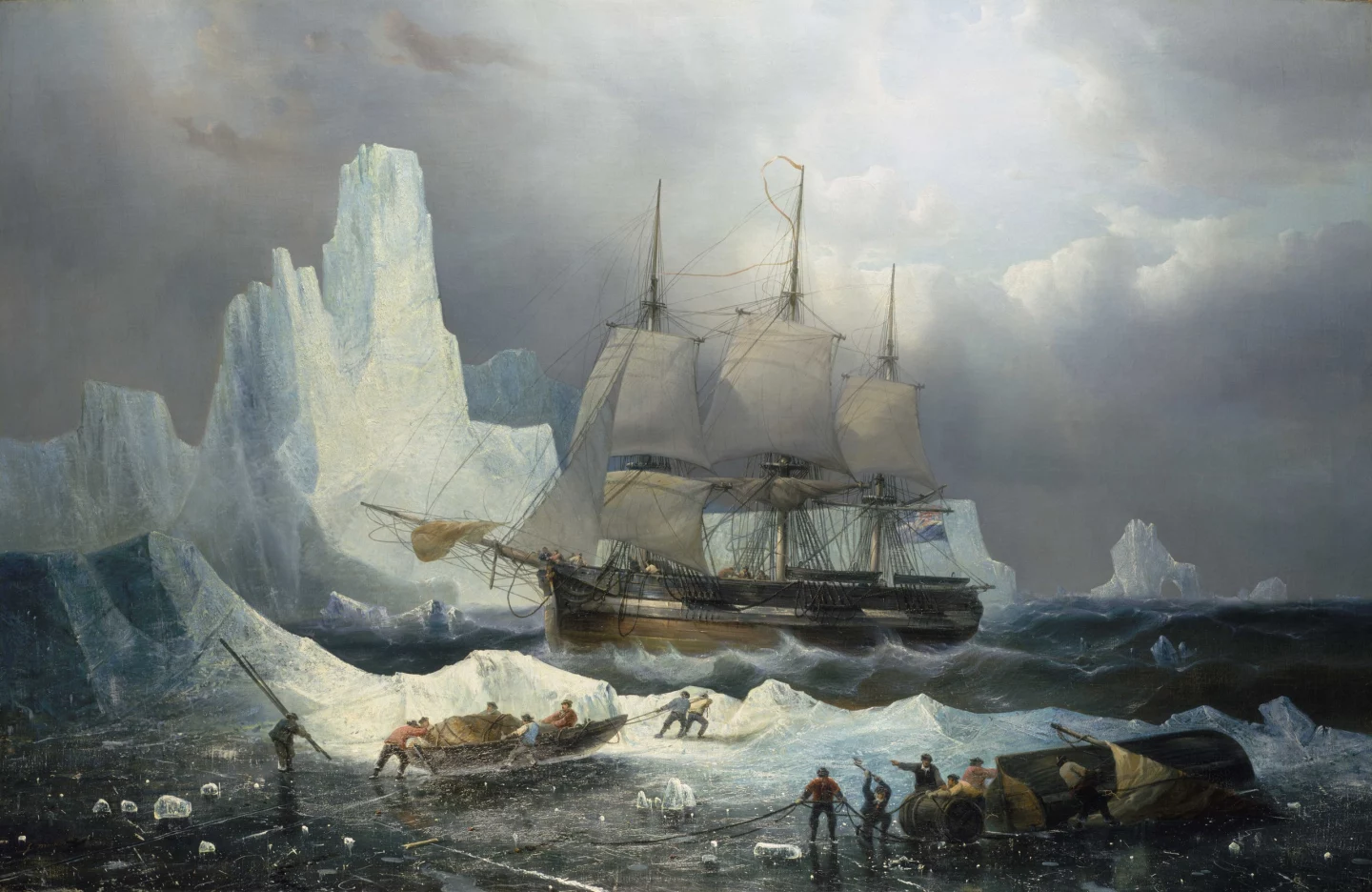Over the years, archeologists have unearthed the remains of members of the infamous Franklin expedition, although it hasn't been possible to confirm the individuals' identities. Thanks to DNA analysis, however, scientists have now done so for the first time.
Led by Sir John Franklin, the Arctic exploration expedition departed from England in 1845 aboard the ships HMS Erebus and HMS Terror. A total of 129 crew members were aboard the two vessels, searching for the Northwest Passage, which would provide Northern Hemisphere mariners with a shortcut between the Atlantic and Pacific oceans.
Unfortunately, both ships ended up becoming icebound off the coast of what is now the Canadian territory of Nunavut. In April 1848, the 105 surviving crew members abandoned the still frozen-in vessels, setting out for the Canadian mainland on foot. None of them survived, although subsequent rescue and archeological expeditions did find human remains believed to be those of members of the crew.
Among the remains were those of three individuals, first discovered in 1859, then buried in a grave on Nunavut's King William Island in 1879. That grave was rediscovered in 1993, then excavated in 2013 so that the bones could be analyzed. All of the remains were returned to the site the following year, and placed in a stone memorial cairn.
In a recent study conducted by scientists from Canada's University of Waterloo, Lakehead University and Trent University, DNA extracted from some of the bones and teeth has now been confirmed to be that of Warrant Officer John Gregory, engineer aboard HMS Erebus. The DNA was matched to a sample obtained from one his present-day direct descendants.

"The identification proves that Gregory survived three years locked in the ice on board HMS Erebus," says Waterloo anthropology professor Robert Park. "But he perished 75 kilometers [47 miles] south at Erebus Bay."
This isn't the first time that DNA has been extracted from Franklin expedition remains, but it is the first time it's been matched to a known person. In fact, DNA previously extracted from the remains of 26 other presumed crew members is currently on file, awaiting identification.
Living descendants of the Franklin crew are now being sought, in order to provide reference DNA samples. They can contact Waterloo's Prof. Douglas Stenton at dstenton@uwaterloo.ca, or Trent's Assoc. Prof. Anne Keenleyside at akeenleyside@trentu.ca
The research is described in a paper that was recently published in the journal Polar Record.
Source: University of Waterloo






